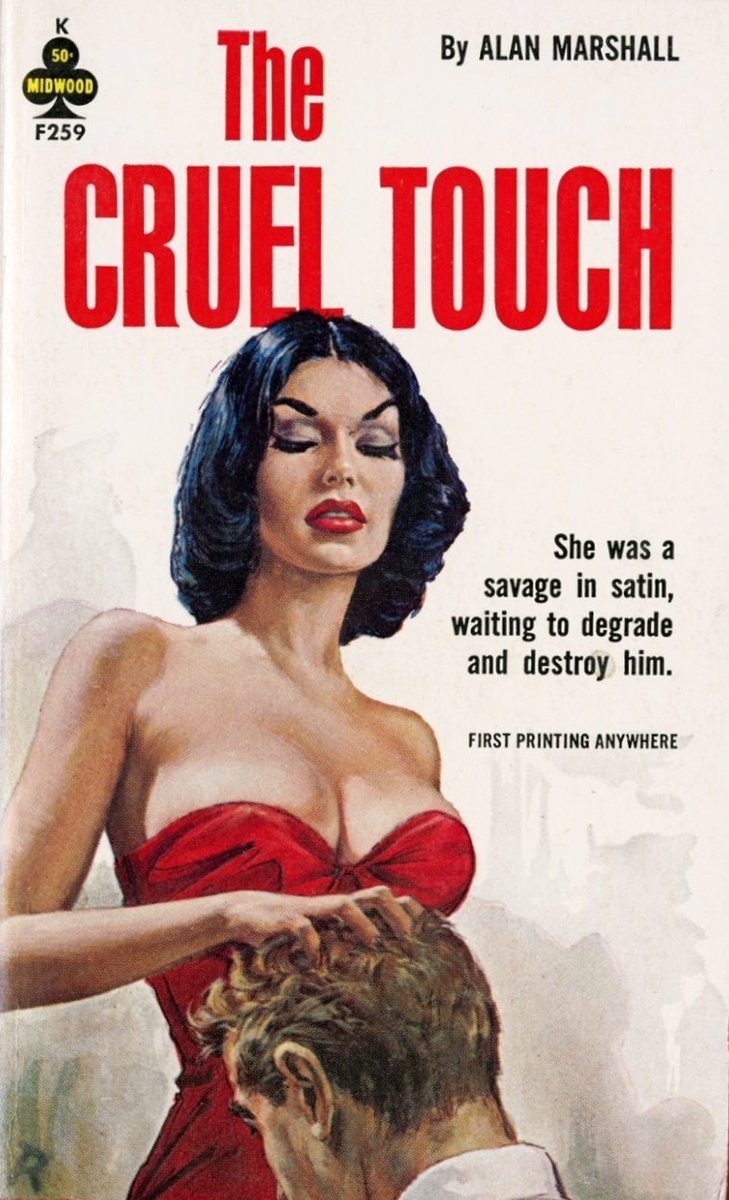Today in pulp I’m looking at the publishing phenomenon that was the Belmont/Tower merger of 1971.
Two pulp universes crashing into each other, with terrible literary consequences...

Two pulp universes crashing into each other, with terrible literary consequences...


Tower Publications started out in New York City in 1958. Initially they were the people behind Harry Shorten’s risqué Midwood Books imprint. These were sometimes marketed as Midwood-Tower books. 



Shorten had set up Midwood in 1957 as a rival to Beacon and Nightstand Books, distributing racy titles to railway and bus station newsstands. Lawrence Block, Robert Silverberg and Donald E Westlake all wrote for Midwood under various aliases. 



In 1964 Midwood finally fully merged with Tower Publications. to create two companies: Tower Books and Tower Comics. The lead title for Tower Books was Rod Gray’s Lady From L.U.S.T. series, a rival to Ted Mark’s Man From O.R.G.Y. novels from rival Lancer Books. 



‘Rod Gray’ was actually Gardner Fox, best known for his comic book work which included writing Batman and Justice League of America stories for DC. However Fox never worked for Tower Comics. 

But fellow artists Wally Wood and Samm Schwartz did work for Tower Comics, producing titles such as T.H.U.N.D.E.R. Agents and Tippy Teen, the latter a rival to Archie Comics, who owned Belmont Books.
I know, it's all a bit confusing...

I know, it's all a bit confusing...


Belmont Books had been founded in 1960 as a science fiction, horror and fantasy publisher. They published an impressive range of writers including Philip K. Dick, Lin Carter, Robert Bloch and Frank Belknap Long. 







And in 1963 Belmont published nine novels featuring 1930s pulp legend The Shadow. Most were written by Maxwell Grant, AKA Dennis Lynds - who also wrote detective fiction as Michael Collins and penned ‘The Three Investigators’ series as William Arden. 

Belmont also published a series of sword and sorcery novels by Gardner Fox – when he wasn’t writing The Lady From L.U.S.T. for Tower Books – featuring the barbarian Kothar.
No prizes for guessing who his rival was…
No prizes for guessing who his rival was…

Basically Belmont and Tower were both chasing the same readers with the same product. Profit margins were tight and business was cut-throat – in 1962 Belmont was even caught paying drugstores not to stock rival publishers. So by 1970 a merger seemed sensible to both parties. 



Belmont and Tower merged in 1971, although it was more of a Tower takeover rather than a partnership of equals. That probably doomed the venture, as Belmont had the better authors, a clearer market strategy and arguably higher production values. 



The new Belmont-Tower imprint launched with a retooled version of the Lady From L.U.S.T. franchise, which had been profitable for Tower Books. They then searched around for something (anything!) else to publish... 



From 1971 to 1980 Belmont-Tower’s output was confused and corny. It seemed to jump on any bandwagon and frantically hopped between genres looking for the next big thing. It was hard to say what the imprint really stood for. 







In 1981 Belmont-Tower dropped the 'Belmont' from its name and finally seemed to hit its mark with contemporary westerns such as the Spectros series by Logan Winters.
Alas it was too late…


Alas it was too late…



Belmont-Tower ceased publishing in 1981. Selling books at bus stops and drugstores wasn’t bringing in the revenue, so the company cut its losses. 



It wasn’t the quality that sank Belmont-Tower, it was the lack of focus. Even the cheesiest pulp can find a market if readers know what the publisher stands for. And in publishing if you don’t stand for something you end up standing for anything.
More stories another time...
More stories another time...

• • •
Missing some Tweet in this thread? You can try to
force a refresh






















